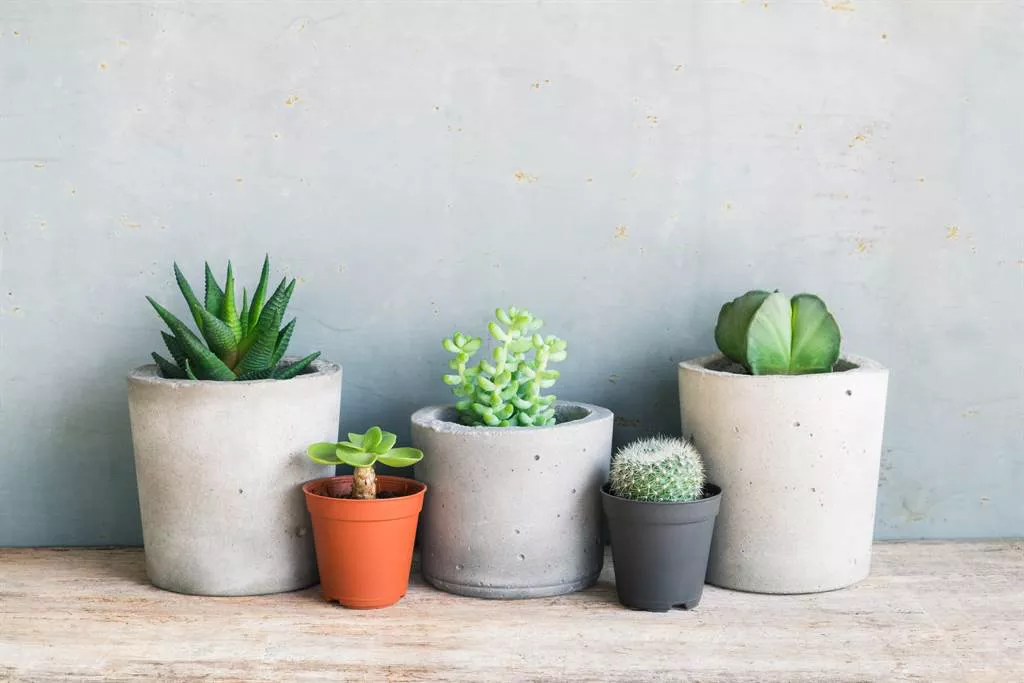Congratulations on your newly planted succulents! These captivating and low-maintenance plants are perfect additions to any garden or indoor space. However, proper care during the critical initial period is essential to ensure their successful establishment and long-term health. In this article, we will explore the best practices for caring for newly planted succulents, including watering techniques, sunlight requirements, soil considerations, and protection from pests and diseases. By following these guidelines, you can give your succulents the best start possible, setting them up for thriving growth and vibrant beauty.
Understanding the Needs of Newly Planted Succulents
Succulents are known for their ability to store water in their fleshy leaves, stems, or roots, making them resilient in dry conditions. However, during the first few weeks after planting, they are particularly vulnerable as they establish their root systems. Here are the critical aspects to consider when caring for newly planted succulents:
1. Proper Watering
a. Initial Watering
Upon planting, give your succulents a gentle watering to help them settle into their new environment. Water the soil directly, avoiding wetting the leaves, as excess moisture on leaves can lead to rot.
b. Drying Periods
Allow the soil to dry out completely between waterings. Stick your finger about an inch into the soil – if it feels dry, it’s time to water again. Overwatering is a common mistake that can lead to root rot.
c. Frequency
Initially, water your newly planted succulents about once a week. As they develop roots and become more established, you can gradually increase the time between waterings.
2. Sunlight Requirements
Succulents are sun-loving plants and require bright, indirect sunlight to thrive. Adequate sunlight is crucial during the establishment phase.
a. Indoor Placement
Place your newly planted succulents near a sunny window where they can receive at least 4-6 hours of indirect sunlight per day. If you don’t have a sunny spot indoors, consider using artificial grow lights to provide the necessary light.
b. Outdoor Location
If you have planted your succulents outdoors, choose a location with partial to full sun exposure. Provide some shade during the hottest part of the day to prevent sunburn.
3. Soil Considerations
Choosing the right soil is crucial for the health of your succulents. Use well-draining soil specially formulated for succulents and cacti. Avoid using regular garden soil, as it retains too much moisture and can cause root rot.
4. Protection from Pests and Diseases
Newly planted succulents are more susceptible to pests and diseases during their vulnerable phase. Keep a watchful eye for common pests like aphids, mealybugs, and spider mites. Address any infestations promptly with appropriate treatments, such as insecticidal soap or neem oil. Additionally, monitor your plants for signs of root rot or fungal diseases and take immediate action if necessary.
5. Gradual Acclimatization
If you are transitioning your succulents from indoors to outdoors or vice versa, it is essential to acclimate them gradually. Sudden changes in light and temperature can stress the plants, so introduce them to their new environment over a few days.
Weekly Care Routine for Newly Planted Succulents
Follow this weekly care routine during the first few weeks after planting to ensure your succulents thrive:
Week 1
Water your newly planted succulents immediately after planting to settle the roots.
Place them in a bright, indirect sunlight location indoors or a partially shaded spot outdoors.
Avoid direct sun exposure during the hottest part of the day.
Week 2
Allow the soil to dry out completely between waterings. Check the moisture level with your finger before watering.
Inspect your succulents for any signs of pests or diseases. Treat as needed with appropriate remedies.
Continue to monitor sunlight exposure and adjust the placement if necessary.
Week 3
Increase the time between waterings to encourage the development of a robust root system.
Consider adding a diluted liquid fertilizer specially formulated for succulents and cacti during their active growth period (usually spring and summer).
Keep an eye on your succulents’ growth and adjust their positioning if they show signs of leaning towards the light source.
Week 4 and Beyond
Continue the watering and sunlight routines established in the previous weeks.
Regularly inspect your succulents for any signs of stress, pests, or diseases, and address issues promptly.
Prune dead or wilting leaves to maintain a tidy appearance and promote healthy growth.
As your succulents grow, you may need to repot them into slightly larger containers to accommodate their root system.
Conclusion
Caring for newly planted succulents requires attention to detail and a keen understanding of their specific needs during the establishment phase. By providing proper watering, sunlight, and soil conditions, as well as protecting them from pests and diseases, you can ensure your succulents have a strong start and continue to flourish in the long run. Remember to gradually acclimate your plants to new environments, especially when transitioning them between indoors and outdoors. With this comprehensive guide, you are now equipped to care for your newly planted succulents and enjoy their beauty and resilience for years to come.


